Pineapple (Ananas comosus), the spiky tropical fruit known for its sweet, tangy flavor and vibrant crown, is not just a global favorite—it’s also a significant agricultural commodity. With its popularity surging across global markets, understanding which country leads in pineapple harvesting provides valuable insights into tropical agriculture, international trade, and economic development.
This article explores in detail the largest pineapple harvester in the world, examines the factors behind its dominance, and highlights how the global pineapple industry is evolving to meet growing demands.
Global Pineapple Production: A Snapshot
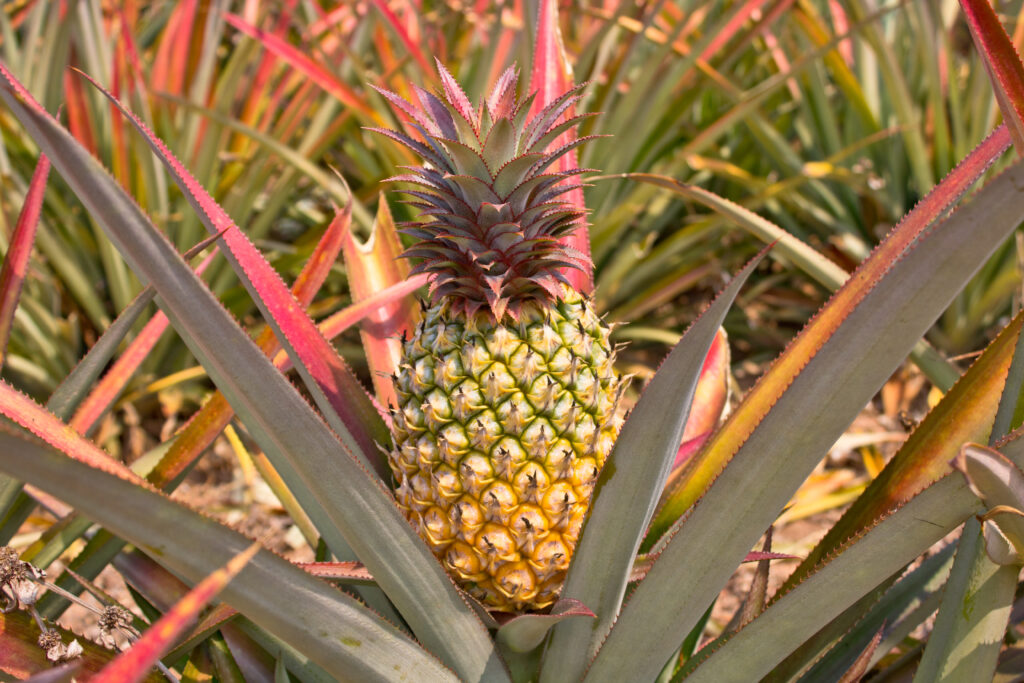
Pineapple is cultivated primarily in tropical and subtropical climates, with Asia, Latin America, and parts of Africa leading the charge. As of the most recent data from the Food and Agriculture Organization (FAO), the world produces over 28 million metric tons of pineapples annually.
While many countries contribute to this output, one country consistently ranks at the top in terms of harvesting volume—the Philippines.
The Philippines: The World’s Largest Pineapple Harvester
Overview
The Philippines holds the title of the world’s largest pineapple harvester, producing over 2.9 million metric tons of pineapple annually. It outpaces other major producers such as Costa Rica, Thailand, and India, thanks to its ideal climate, fertile volcanic soil, and vast corporate plantations.
Pineapple is a vital part of the Philippines’ agricultural landscape. It is not only grown for domestic consumption but also for large-scale export to global markets, especially to Japan, South Korea, and the Middle East.
Why the Philippines Leads in Pineapple Harvesting
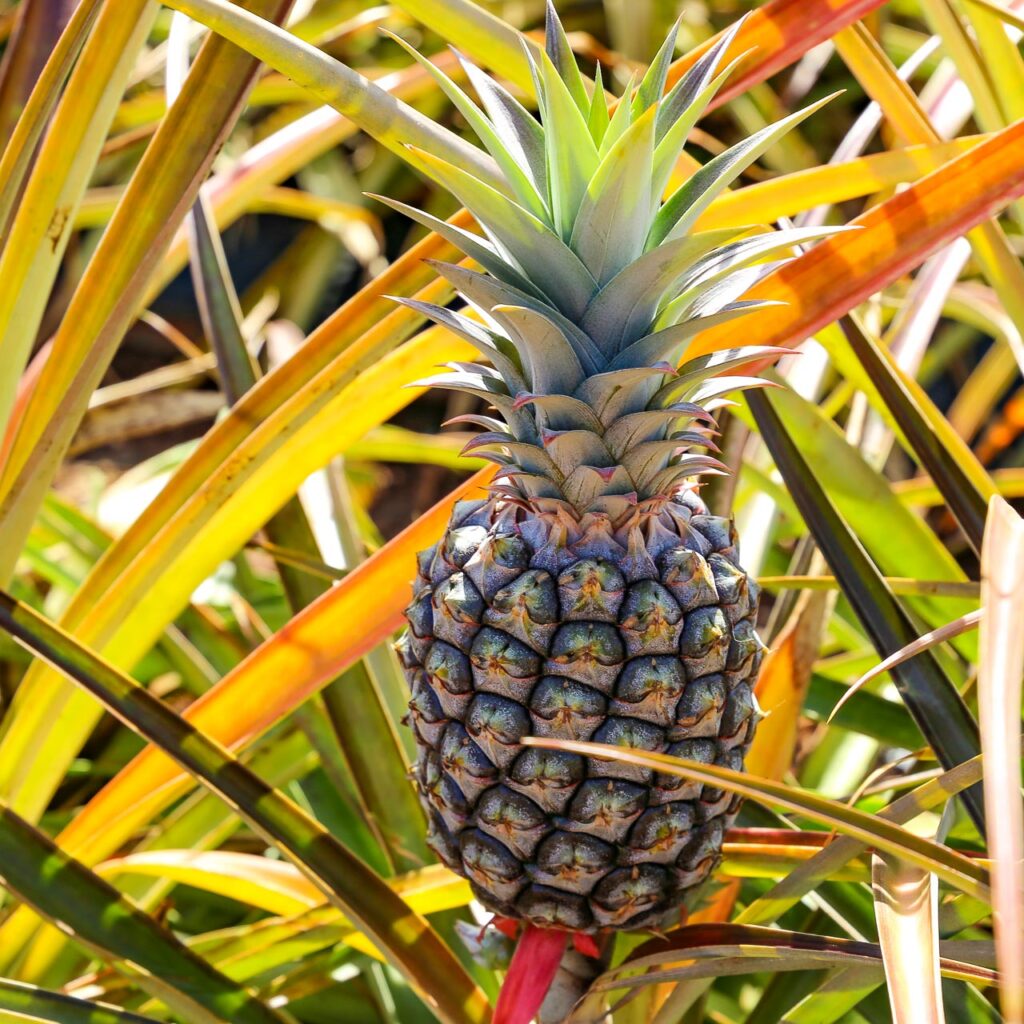
Several factors contribute to the Philippines’ top position in global pineapple harvesting:
1. Favorable Climate and Geography
The Philippines has a tropical maritime climate with consistent rainfall and warm temperatures year-round, which are perfect for pineapple cultivation. The volcanic soil found in regions like Mindanao and Bukidnon provides rich nutrients that enhance fruit quality and yield.
2. Industrial-Scale Farming
The presence of large multinational fruit corporations, such as Del Monte Philippines Inc. and Dole Philippines, has transformed pineapple cultivation into a highly organized and efficient industry. These companies operate vast plantations covering tens of thousands of hectares, enabling mechanized harvesting, quality control, and year-round supply.
3. High-Yield Cultivars
The country uses high-yield pineapple varieties like the ‘Smooth Cayenne’ and ‘Queen’ types. These varieties are favored for their large fruit size, extended shelf life, and suitability for both fresh consumption and canning.
4. Strong Export Infrastructure
Pineapples harvested in the Philippines are efficiently processed and exported through a well-developed logistics network. The existence of canneries near plantations ensures quick processing, preserving freshness and reducing losses. The country’s proximity to large Asian markets gives it an additional logistical advantage.
Major Pineapple-Producing Regions in the Philippines
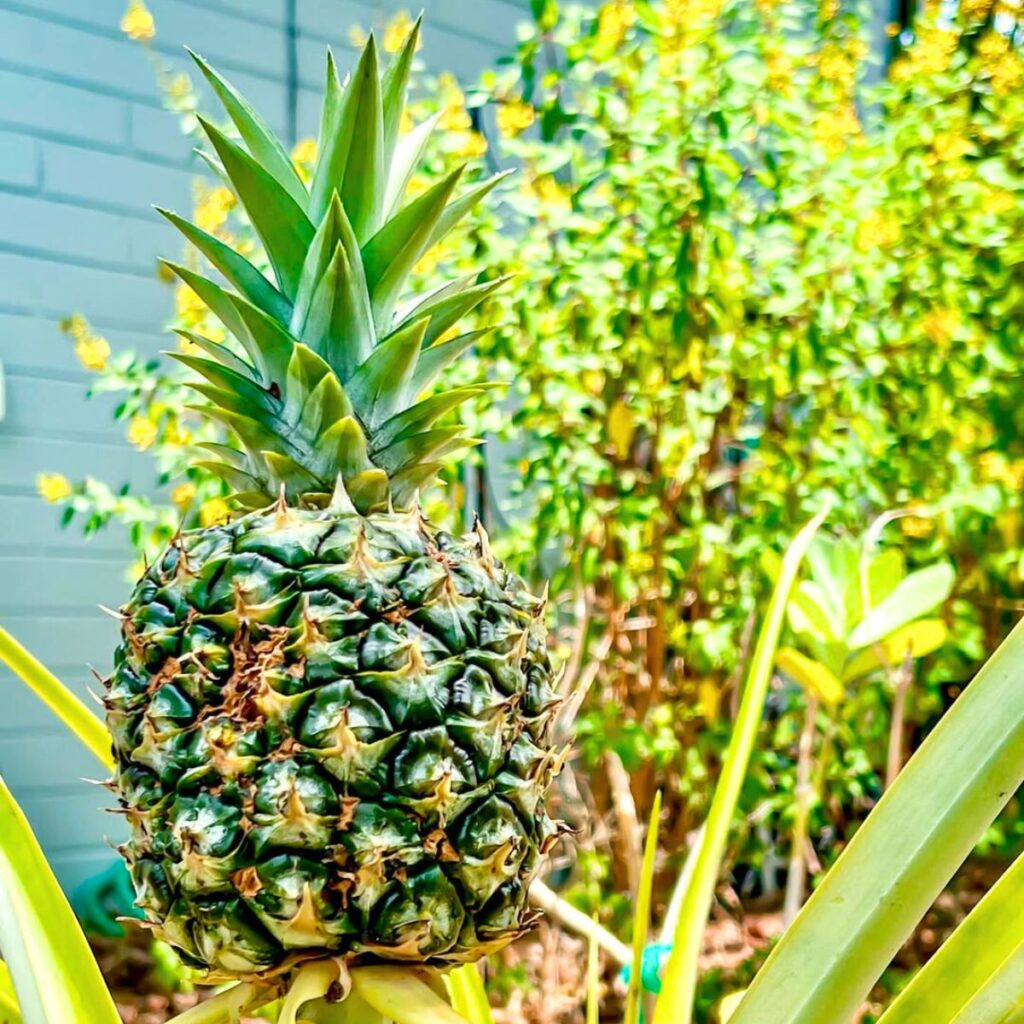
Mindanao
Mindanao is the epicenter of pineapple production, particularly in provinces like Bukidnon, South Cotabato, and Davao del Sur. The region’s high elevation and moderate climate produce some of the best-quality pineapples in the world.
Luzon and Visayas
Though smaller in scale, areas in Luzon (such as Camarines Norte) and the Visayas also contribute to the country’s overall production, mainly for local consumption.
Economic Importance of Pineapple in the Philippines
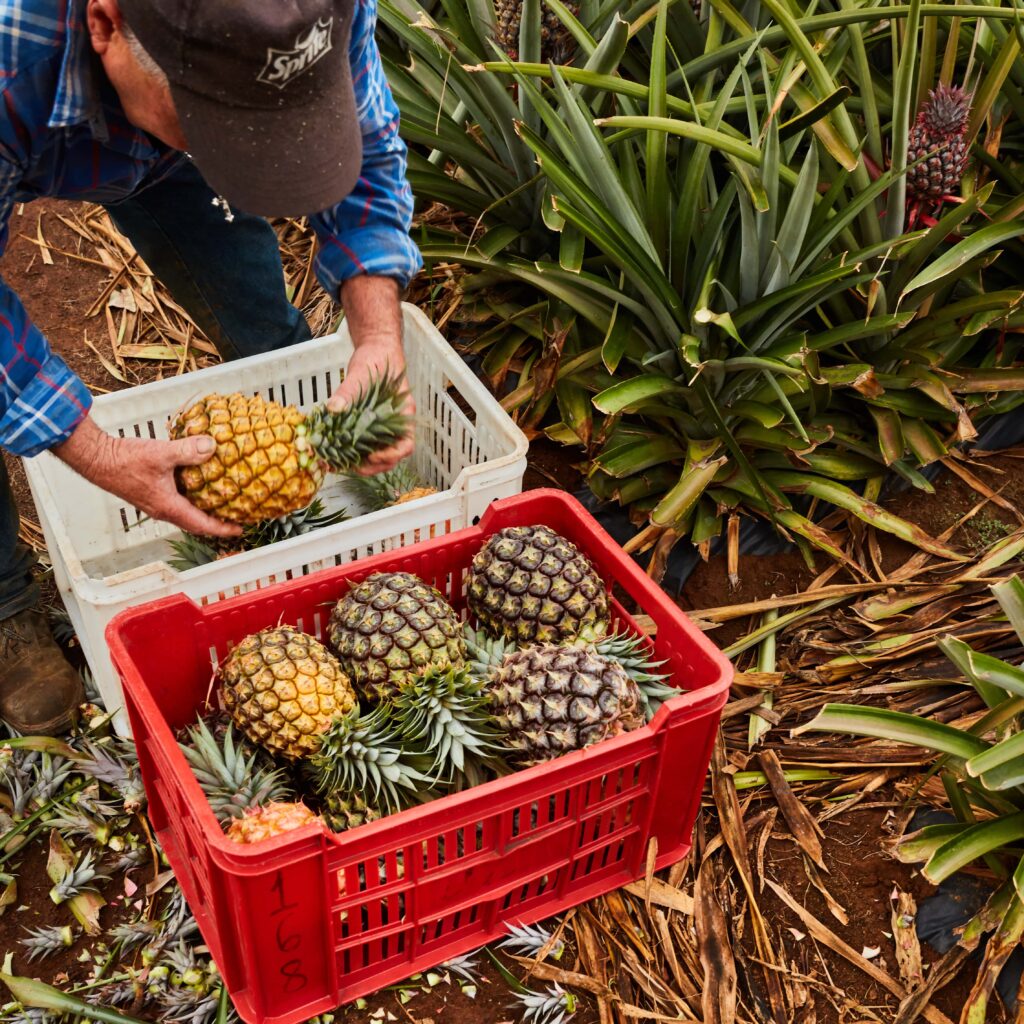
Pineapple farming plays a key role in the Philippine economy:
- Employment: The pineapple industry provides jobs for thousands of workers, from farmhands to factory employees and logistics professionals.
- Exports: The Philippines is one of the world’s top pineapple exporters, shipping canned and fresh pineapples to over 60 countries.
- Value Chain Development: The fruit contributes to a broader value chain, including juices, dried fruit, jams, and vinegar production.
Top Global Competitors in Pineapple Production
Although the Philippines leads in harvesting, it faces strong competition in exports and overall production from several countries:
Costa Rica
- Strength: Largest exporter of fresh pineapples.
- Production Volume: ~2.8 million metric tons/year.
- Export Markets: United States, Europe.
- Notable Facts: Costa Rica’s pineapple industry is highly export-oriented, contributing nearly 50% of the world’s exported fresh pineapples.
Thailand
- Strength: Known for canned pineapple products.
- Production Volume: ~2 million metric tons/year.
- Challenges: Declining land use and labor shortages in recent years have reduced output.
India
- Strength: Strong domestic consumption, rising exports.
- Key Regions: Kerala, Assam, West Bengal.
- Production Volume: ~1.8 million metric tons/year.
- Notable Facts: India is expanding pineapple exports to the Middle East and Southeast Asia.
China
- Strength: Huge domestic consumption.
- Key Regions: Guangdong, Hainan.
- Notable: Although not a major exporter, China’s pineapple output is steadily increasing to meet local demand.
Challenges Facing the Pineapple Industry in the Philippines
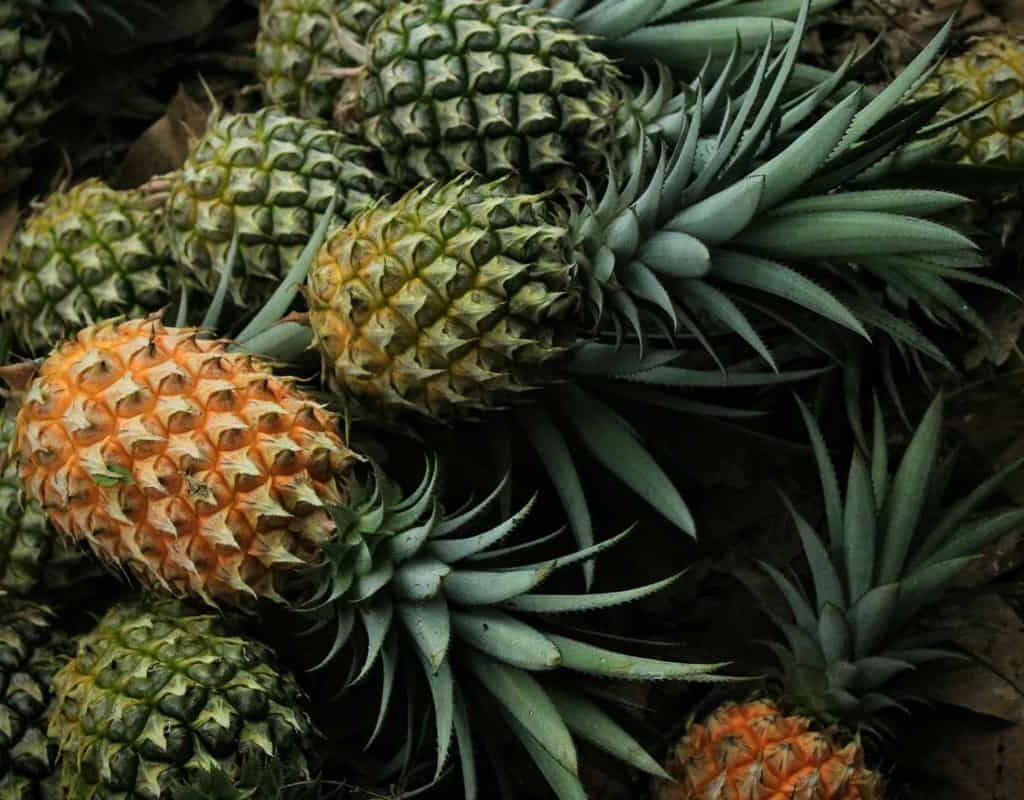
Despite its dominance, the Philippines’ pineapple sector faces several challenges:
Monocropping Risks
Large-scale monoculture farming depletes soil and increases vulnerability to pests and diseases.
Climate Change
Unpredictable weather patterns, such as typhoons and droughts, can severely impact harvests.
Pests and Diseases
Common threats include mealybugs, nematodes, and bacterial heart rot, which can affect yield and fruit quality.
Sustainability Concerns
Environmental concerns such as chemical use, water runoff, and habitat displacement have led to increased calls for sustainable practices and organic pineapple farming.
The Future of Pineapple Production
With global demand for pineapple continuing to rise, especially in health-conscious and vegan markets, the outlook remains positive for pineapple producers.
Trends and Innovations:
- Organic Pineapple Farming is gaining popularity for its eco-friendly approach.
- Vertical integration is helping producers control everything from planting to packaging.
- Smart agriculture technologies like drone mapping and soil sensors are beginning to improve productivity.
Global Opportunities:
- Expanding into new markets like Eastern Europe and Central Asia.
- Adding value with premium products like cold-pressed juice, dried pineapple rings, and pineapple wine.
Conclusion
So, which country is the largest pineapple harvester in the world? Without a doubt, it’s the Philippines—a nation that has harnessed the power of nature, modern agricultural practices, and export infrastructure to dominate global pineapple harvesting.
With consistent innovation, commitment to quality, and expansion into new markets, the Philippines is poised to maintain its crown in the pineapple world. At the same time, the growth of global competitors ensures that the pineapple industry remains dynamic, competitive, and ripe for future development.
Whether you enjoy your pineapple fresh, juiced, grilled, or canned—know that behind every bite lies a global journey of farming, trade, and tropical expertise.





